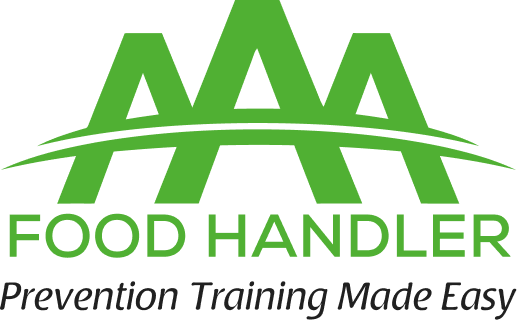KENTUCKY
FOOD HANDLERS CARD
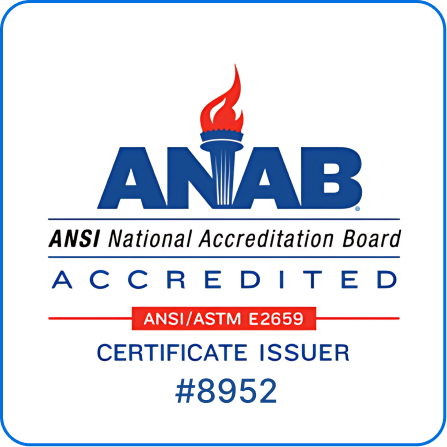
- ANSI National Accreditation Board (ANAB) Accredited
- Approved and Accredited in Kentucky
- 100% Online, Accessible 24 hours a Day, 7 Days a Week
- Course Duration: 1.5 Hour
- Course Access: 3 Months from Purchase
- Owners/Managers: Manage, Track, and Report Employee Progress
- Certificate of Completion upon Successful Completion of Final Exam
- Exam Passing Score 70%
- 2 Chances to Pass the 40 Question Final Exam
- Languages Available: English, Spanish
- Bulk Discount Pricing Available
Our clients
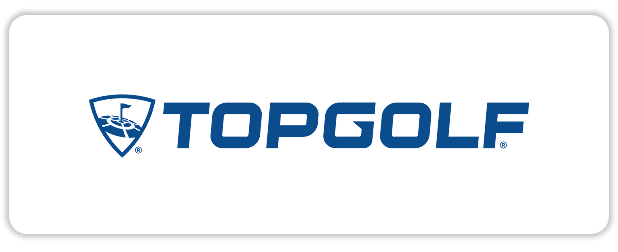


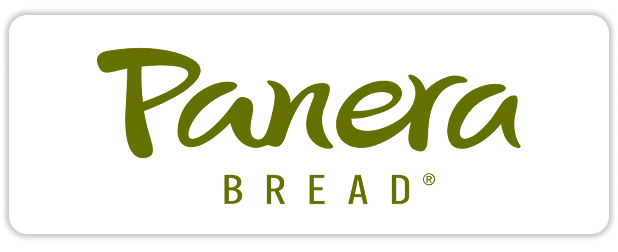
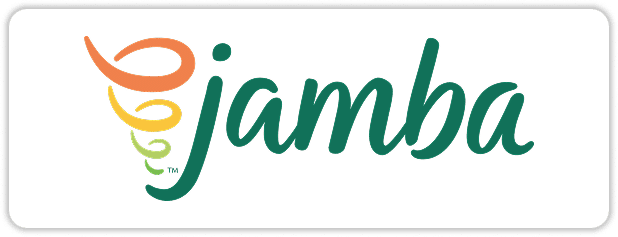


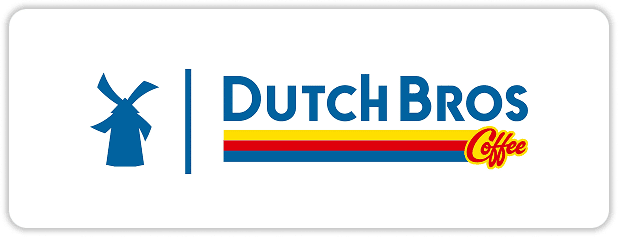
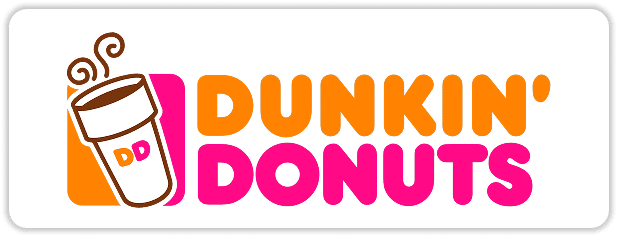
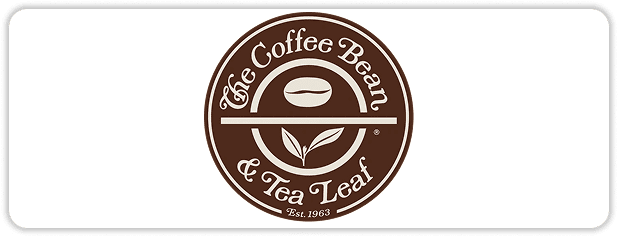
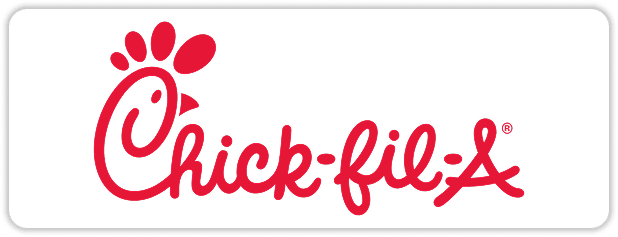
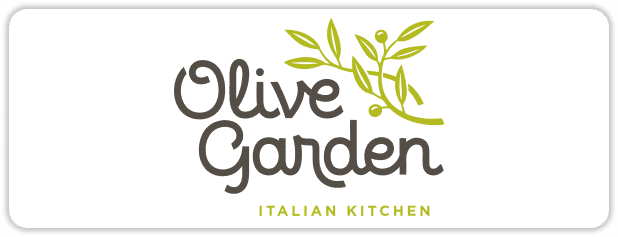
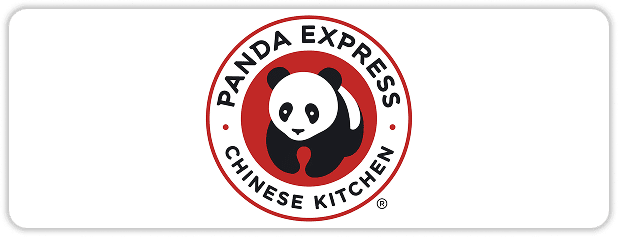
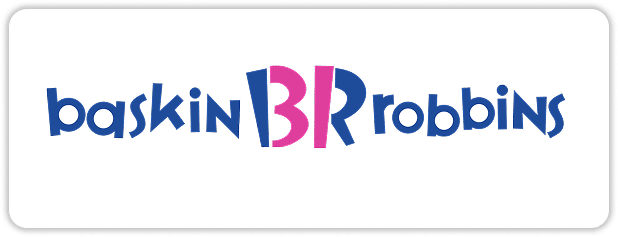
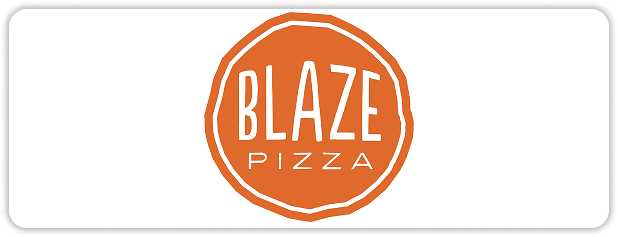
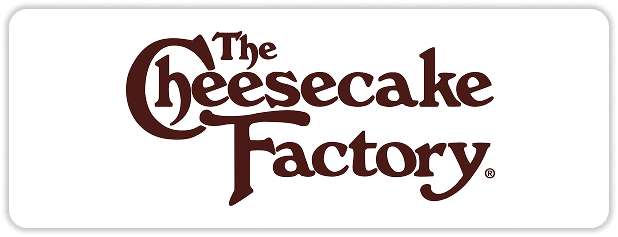
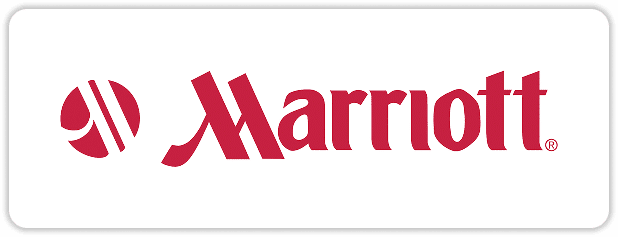

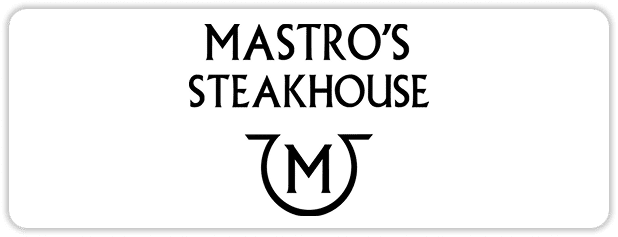
BENEFITS OF TRAINING
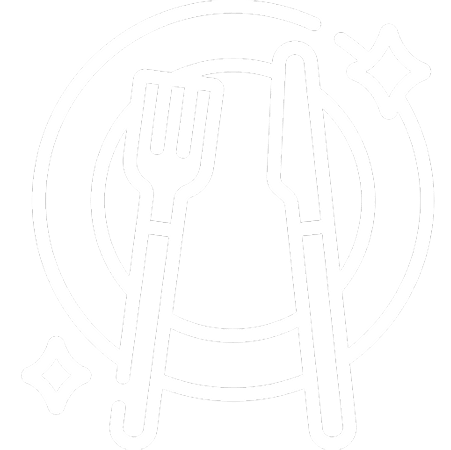
PREVENT
Education is the best tool to prevent, minimize, or eliminate foodborne illnesses and food hazards.
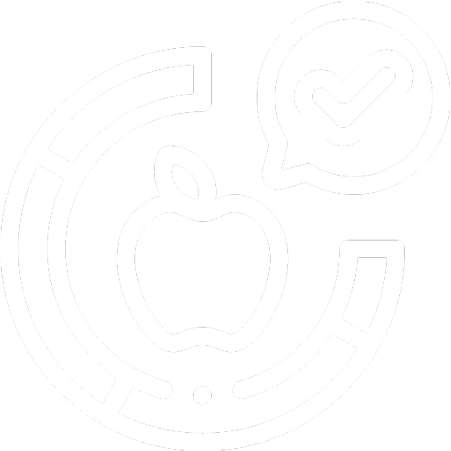
AWARENESS

ELIMINATE
Training helps reduce or eliminate food safety hazards before they become major issues.

MINIMIZE

PRODUCTIVITY
Reducing food safety complaints will create a happier workplace and in turn increase productivity.

WORKPLACE SATISFACTION
WHY CHOOSE US

- Satisfaction Guarantee
- Online Interactive Course
- Meets and Exceeds State Guidelines
- Price Match Guarantee
- Owners and Managers: Manage, Track and Record Employee Progress
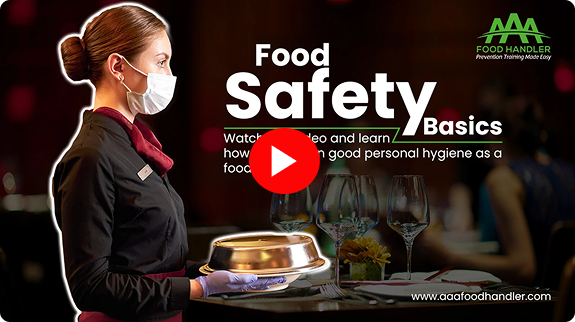
Getting Your Food Handler Card is Quick and Hassle-Free
Numerous professionals nationwide have already earned and renewed their card with AAA Food Handler — a trusted name in food safety training.
FREQUENTLY ASKED QUESTIONS (FAQs)
The general process involves three steps: take an ANAB approved food handler course, pass the final exam, and present your Certificate of Completion to your employer or local health authority. However, specific requirements vary by county or municipality, so it’s important to check local guidelines.
Some counties or cities in Kentucky, such as Anderson, Bullitt, Clark, Clay, Franklin, Frankfort, Jackson, Jessamine, Knott, Lee Leslie, Letcher, Lexington/Fayette, Madison, Marshall, Montgomery, Muhlenberg, Owsley, Perry, Pike, Rockcastle, Wolfe, and Woodford require food handler training.
AAA Food Handler’s course is ANAB accredited and accepted by many employers and counties throughout Kentucky. However, some countries have strict requirements for using their training programs, so it’s best to confirm with your local authority before enrolling.
Kentucky does not enforce a statewide food handler requirement. Instead, individual counties and municipalities set their standards. Because of this local control, food safety training requirements can vary widely depending on where you work.
This Kentucky Food Handlers Card is ANAB -accredited and follows national food safety standards. Employers widely recognize and trust it, especially when formal food handler training is recommended but not mandated.
Expiration periods vary by county. The food handler card may last anywhere from one to three years in areas where it is required. The certificate is typically valid for 2–3 years in other parts of Kentucky. Your employer may also have renewal preferences.
Kentucky permits the sale of certain low-risk, shelf-stable foods made in a home kitchen. These include baked goods without custard or cream fillings, jams and jellies, candies, fruit butters, dried herbs, and snack mixes, so long as they don’t require refrigeration for safety.
If you work in multiple counties, you must follow the food safety rules for each one. Some counties may require their local training, even if you’ve already completed a course elsewhere.
Even when not required, a Food Handler Course is a smart move. It teaches you how to prevent foodborne illnesses, handle food safely, and follow sanitation procedures—skills that protect customers and improve job performance.
ANAB accredited programs meet national standards set by the Conference for Food Protection (CFP), ensuring that health departments across Kentucky and the U.S recognize your certification.
Completing the Food Handler course gives you a competitive edge in the job market. It shows potential employers you understand safe food handling procedures, which helps reduce the risk of foodborne illness and makes you a more attractive hire.
Food handler training equips workers with the knowledge to prevent cross-contamination, follow proper hygiene practices, and handle food safely. These skills are essential in keeping Kentucky’s rate of foodborne illness outbreaks low, as seen in CDC data over recent years.
You must score at least 70% on the 40-question final exam to pass. You will have two chances to complete the test successfully.
The Food Handler course is self-paced and available online 24/7. It takes about 1.5 hours to complete. You can stop and resume anytime and take the final exam when you’re ready.
Yes. The Kentucky Food Handler course is available in English and Spanish, making it accessible for many food service employees.
Yes. Group purchase options and bulk discounts are available, making it easy for managers to assign training to employees, monitor their progress, and ensure everyone is certified efficiently.
For accurate food safety regulations and guidance in Kentucky, contact:
Kentucky Department of Public Health
Food Safety Branch
275 East Main Street
Frankfort, Kentucky 40621
To register as a cottage food producer in Kentucky, you need to complete a Food Handler certificate from an approved course such as AAA Food Handler. After that, you can submit your registration application to the Kentucky Department for Public Health, which will include details about your business, products, and food safety practices.
